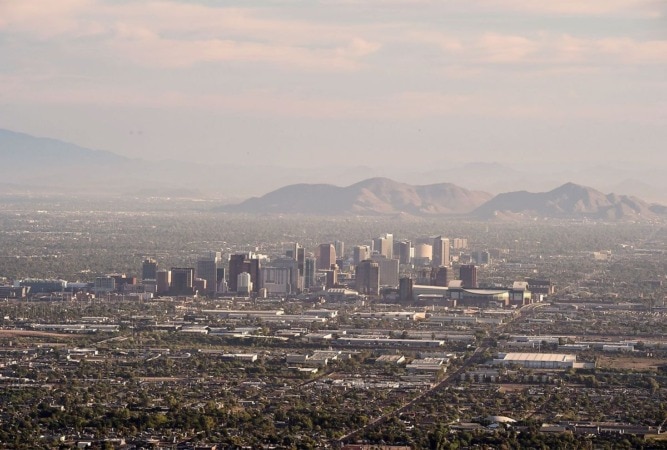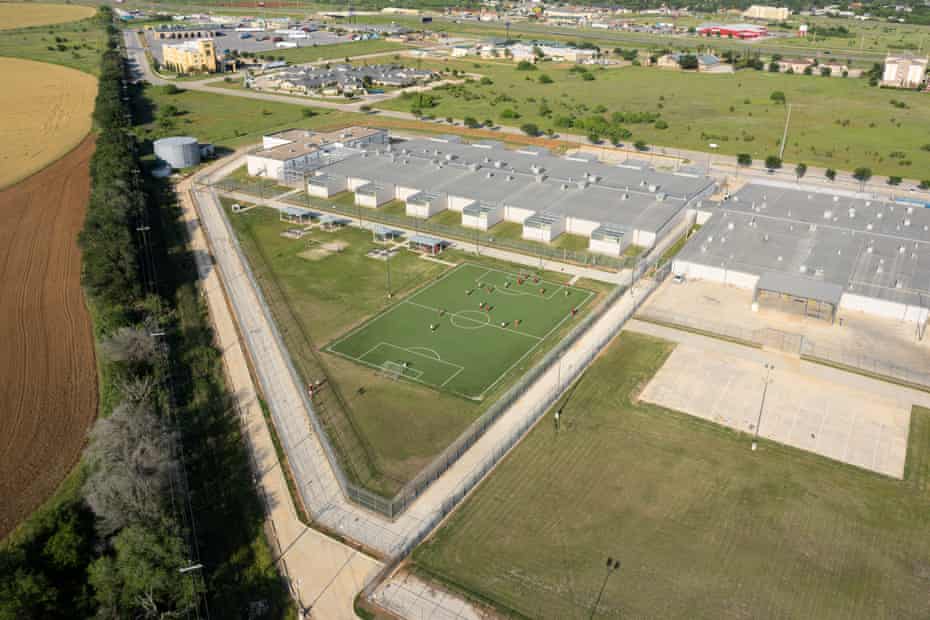
A federal judge on Monday vacated the Trump administration rule limiting which scientific studies the Environmental Protection Agency can use in crafting public health protections, overturning one of the last major actions taken by the agencybefore President Biden took office.
The ruling by Judge Brian Morris, chief judge for the U.S. District Court for the District of Montana, Great Falls, marked a victory for environmental groups and public health advocates. Just two weeks before Biden’s inauguration, EPA finalized a rule requiring researchers to disclose the raw data involved in their public health studies before the agency could rely upon their conclusions.
The rule, which was made effective immediately, would assign less weight to studies built on medical histories and other confidential data from human subjects where the underlying information was not revealed. That sort of research — including dose-response studies, which evaluate how much a person’s exposure to a substance increases the risk of harm — have been used […]

A president has only limited control over the economy. And yet there has been a stark pattern in the United States for nearly a century. The economy has grown significantly faster under Democratic presidents than Republican ones.
It’s true about almost any major indicator: gross domestic product, employment, incomes, productivity, even stock prices. It’s true if you examine only the precise period when a president is in office, or instead assume that a president’s policies affect the economy only after a lag and don’t start his economic clock until months after he takes office. The gap “holds almost regardless of how you define success,” two economics professors at Princeton, Alan Blinder and Mark Watson, write. They describe it as “startlingly large.”
Annual G.D.P. growth rate
Starting president’s economic clock…Start of the termSix months laterYear later0%2468RooseveltKennedyJohnsonClintonReaganCarterFordNixonEisenhowerObamaG.H.W. BushTrumanG.W. BushTrumpNote: Real G.D.P. adjusted for inflation and seasonal fluctuations.·Source: U.S. Bureau of Economic Analysis.
Since 1933, the economy has grown at an annual average rate of 4.6 percent under Democratic presidents and 2.4 percent under […]

“There will come a day when the temperature won’t fall below 100 degrees in Phoenix during the nighttime,” Dr. Andrew Ross, a professor of social and cultural analysis at New York University who wrote “Bird on Fire: Lessons from the World’s Least Sustainable City,” told Salon. “That will be a threshold of some kind.”
The American Southwest has long been a refuge for those seeking the health benefits of warm, dry air and sunny days. But too much of a good thing is not a good thing — for human health or for the natural ecosystem. Now, the Southwest is facing a reckoning: decades of human development, coupled with rising global temperatures as a result of carbon emissions, means that many major cities in the Southwest may become uninhabitable for humans this century.
The reason has to do with something called the Heat Island Effect, a concept that describes the effect in which the densely-populated, central parts of a city with lots of concrete and asphalt will have higher temperatures […]
Fox News host John Roberts on Tuesday suggested that White House Press Secretary Jen Psaki had “nefarious” motives because she reportedly tried to research her answers before facing reporters on camera.
Roberts hosted a nearly 5-minute on-air discussion with conservative pundit Joe Concha about a Daily Beast report that claimed Psaki had asked reporters for their questions in advance of the briefing.
“This idea that the White House is inquiring of reporters what’s on their minds and maybe sort of what direction their questions are going in, how much of this do you think is nefarious and how much of this do you think is simply click-bait on the part of the Daily Beast?” Roberts wondered.Tired of ads? Want to support our progressive journalism? Click to learn more.
“This is the way things have always worked,” Concha admitted, “in terms of gaggles beforehand with the press secretary. Basically a way to have an informal conversation around where these correspondents’ heads are at in terms of topics.”
But Concha argued that Psaki was wrong to follow the tradition.
“Shouldn’t the press secretary be able to defend the policies and perspectives of the White House without […]

By Thursday the 12th of November, President Donald J. Trump’s election lawyers were concluding that the reality he faced was the inverse of the narrative he was promoting in his comments and on Twitter. There was no substantial evidence of election fraud, and there were nowhere near enough “irregularities” to reverse the outcome in the courts.
Mr. Trump did not, could not, win the election, not by “a lot” or even a little. His presidency would soon be over.
Allegations of Democratic malfeasance had disintegrated in embarrassing fashion. A supposed suitcase of illegal ballots in Detroit proved to be a box of camera equipment. “Dead voters” were turning up alive in television and newspaper interviews.
The week was coming to a particularly demoralizing close: In Arizona, the Trump lawyers were preparing to withdraw their main lawsuit as the state tally showed Joseph R. Biden Jr. leading by more than 10,000 votes, against the 191 ballots they had identified for challenge.
As he met with colleagues to discuss strategy, the president’s deputy campaign manager, Justin Clark, was urgently summoned to the Oval Office. […]

“Imagine how it feels there, locked up, the whole day without catching the air, without … seeing the light, because that is a cave there, in there you go crazy; without being able to see my family, just being able to listen to them on a phone and be able to say, ‘OK, bye,’ because the calls are expensive.”
That’s how Alejandro, an asylum seeker from Cuba, described his time in an Immigration and Customs Enforcement (Ice) detention center.
His account is one of dozens captured in a collection of audio recordings as part of a project aiming to show how the US immigration detention system, the world’s largest, has commodified people as part of a for-profit industry.
“We’ve commodified human displacement,” said artist David Taylor, who has used drones to take aerial photography and video of 28 privately run Ice detention centers near the US southern border, in California, Arizona and Texas.
While accounts of abuse and exploitation from inside facilities appear in the news media, the detention centers are usually in isolated, underpopulated areas with […]










